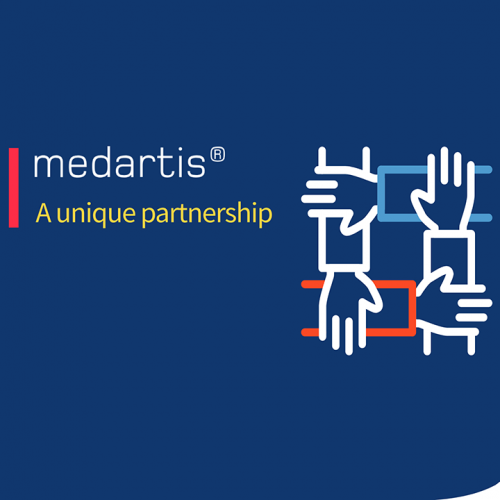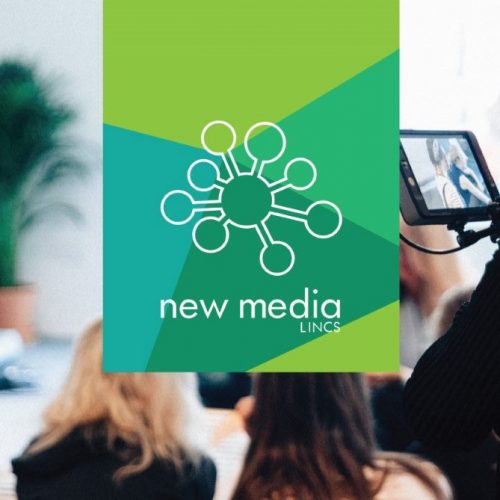Why are we scared of going paperless?

Written by Melanie Thomas, Head of Continuous Improvement
Don’t you think airports are amazing? Not only do they operate within one of the most highly regulated sectors globally but the way in which they service the millions of travellers every day, okay so you may not agree if you are a frequent traveller, but when you stop, watch, and digest how the check-in and security processes in air travel have changed in the last decade or so, it really is phenomenal.
In 2009 Ryanair was able to dispense with check-in desks: passengers did everything online, apart from dropping off their bags. The entire process of filling a plane full of people and luggage and getting it airborne has been continuously improved over the year fast forward to current day and from arrival to departure a complex process rife with variants has been significantly streamlined. I recently encountered this first hand when I travelled from London Stansted to Athens. The check-in process was all electronic with mobile apps for boarding passes (22,700 are downloaded every day*), scanning systems for passports, along with self-weighing stations for your luggage, and electronically-sourced printed luggage tags applied to the suitcase by the passenger, once they had weighed it.
So if an airline whose main priority is security and safety can adopt a paper-light, automated process, why do a significant number of businesses and healthcare providers still struggle to do so? The Aviation world have clearly embraced paperless by not only looking at the value stream but also what adds value to the Customer and the environment too. My point being: the Customer pays for what they get, right? And as budget airlines go – in my humble opinion it’s pretty good and 130.3 million passengers in 2017/18 can’t all be wrong (this is an increase from 76 million passengers in 2011/12*).
Keeping with the aviation theme, I recently married and had to undertake the process of changing all my personal documentation to my new married name; the main document being my passport. My last experience of this was not great: paper-heavy, countersignatures, Post Office checking, correct form filling (in the correct coloured pen), going to the Post Office to post it, paying for recorded delivery, getting more passport photos done (which must be in the correct format), etc. However, on my visit to the Post Office, I was told this could ALL be done online via the Government Website – shock, horror, loud gasp – something so important and security driven as a passport can be done electronically and without paper? OK, I must check this out! I did and from start to finish I had my passport returned in under a week – 5 days to be exact! That blows the previous 6-12 weeks waiting (waste) well and truly out of the water. Another fine example of waste reduction through working on a value stream that only adds true value to the Customer with environmental benefits too.
If something so highly regulated as air passenger safety (Ryanair has a 33-year unblemished safety record*) or passport security can apply a paperless process, why are we “scared” to follow in the Aviation worlds footsteps in the world of SSD? Consider the decontamination area in most sterile processing facilities. They are awash (pardon the pun) with daily checklists for each washer, supervisor checks, environmental readings, housekeeping records, training records, SOPs, manufacturer work instructions, the quality system, machine downtime records (to name but a few) – so there’s a whole lot of paper going on. How many trees does that equate to?
Here at STERIS IMS in the UK, we are building a framework of sustainability and our newer “Green Lean” campaign has now officially begun, just in time, as the world consumption of paper has grown 400 percent in the last 40 years. Now nearly 4 billion trees or 35 percent of the total trees cut around the world are used in paper industries on every continent. That equates to about 2.47 million trees cut down every day** – I feel so passionately about this that I want to create a commitment on behalf of STERIS IMS EMEA
My professional promise is to develop paper-light systems (waste reduction) and save our trees. So, every Continuous Improvement or Kaizen event I facilitate, I will commit to our Green Lean strategy and support the introduction of at least one paper-free process or system which is truly value-added by developing electronic methods which are compliant to the ISO13485 standard, that are easily accessible, safe but above all supports our STERIS sustainability programme through innovative approaches through Continuous Improvement whilst remaining Customer-focused.
#wearesteris
Sources
*https://corporate.ryanair.com/about-us/fact-and-figures/




